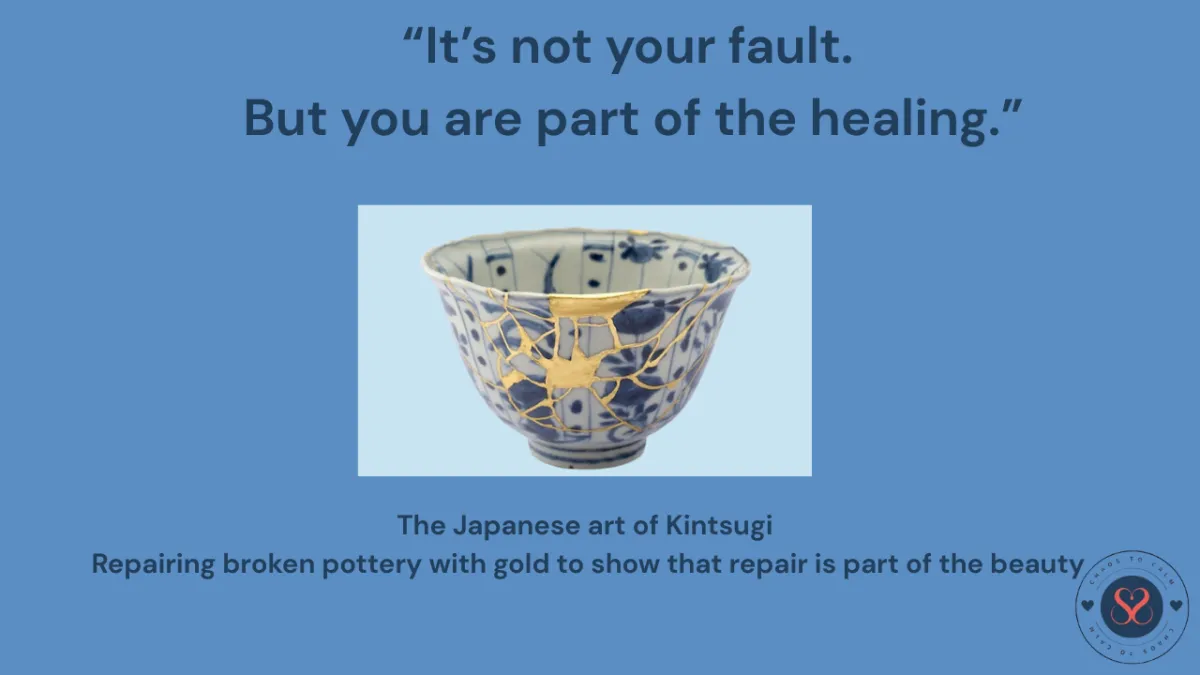
Is It My Fault? Understanding Causes of BPD
Is It My Fault?

Understanding the causes of BPD (without blame)
Let’s talk about the elephant in the room.
That heavy, aching question no one dares ask out loud:
“Did I cause this?”
“If I’d parented differently, would she be okay?”
“Is it because of me?”
If you’ve ever asked yourself those questions (even just in a whisper at 2am), please take this in:
It is not your fault.
But your feelings? They are valid. And they deserve space.
Today, we’re going to explore what actually causes BPD, not from a place of blame, but from a place of understanding. Because when we know better, we can do better, for them and ourselves.
So, what does cause BPD?
There’s no single cause, no straight line from A to BPD.
Instead, it’s usually a perfect storm; a mix of:
Early environment (trauma, invalidation, neglect, or even just perceived instability)
Life experiences (bullying, school pressure, friendship issues, identity struggles)
Genetics (some people are just born more emotionally sensitive)
Think of it like this:
Some people are born with emotional skin as thin as tissue paper.
Life, with all its scrapes and scratches, hits them harder, even if others can’t see the bruises.
But I did my best…
Of course you did.
You loved them. You held it all together. You sacrificed, showed up, tried again even on empty.
But if you were raised in a home where emotions were brushed under the carpet, or you never learned how to validate feelings because no one ever validated yours — how could you have known?
This isn’t about blame.
It’s about patterns. Generations. Systems that failed you both.
What is “invalidating environment”?
One of the biggest risk factors for BPD is growing up in what’s called an invalidating environment. That sounds harsh, doesn’t it? But it simply means:
Being told: “You’re too sensitive”
Being dismissed: “You’ll be fine, stop crying”
Being punished for having big feelings
Having your reality questioned: “That didn’t happen like that!”
Being ignored, minimised, or misunderstood
Here’s the kicker: even loving families can be invalidating without realising it.
Because most of us were taught to fix, calm, or distract rather than to sit with hard emotions.
So what can we do?
Let go of the guilt. And lean into growth.
Because now, you have something far more powerful than perfection — awareness.
And awareness is the first step to healing.
Here’s what you can do now:
Learn about emotional validation (and practise it gently)
Apologise for past moments, if needed, it’s never too late to repair
Talk openly about feelings, yours and theirs
Focus on co-regulation: calming them by calming yourself first
And most importantly: get support for you, too
You don’t have to be a perfect parent.
You just have to be a present one.
You are not to blame.
But you are part of the healing.
And that is a gift.
Next time:
“Should I Be Relieved or Scared by the Diagnosis?” We will explore what a BPD label actually means, and how to move forward with calm and clarity.
You’re doing something amazing just by reading this.
And no, it’s not your fault.
But you? You’re still their safest place.
Your calm in the chaos,
Sami xx
